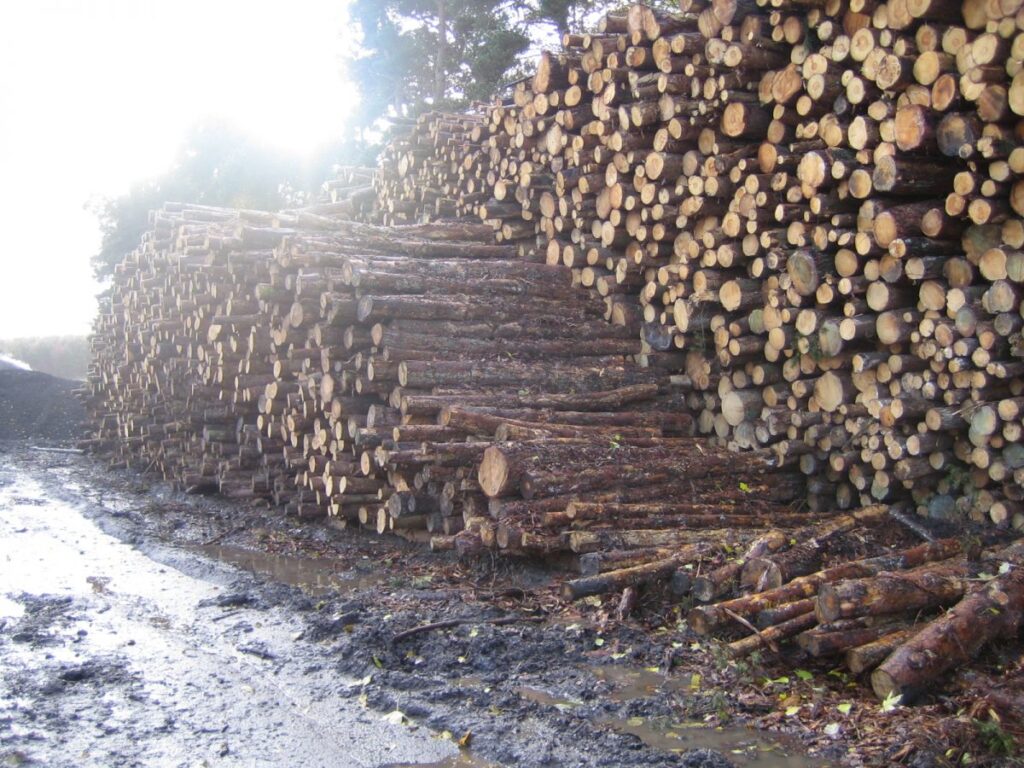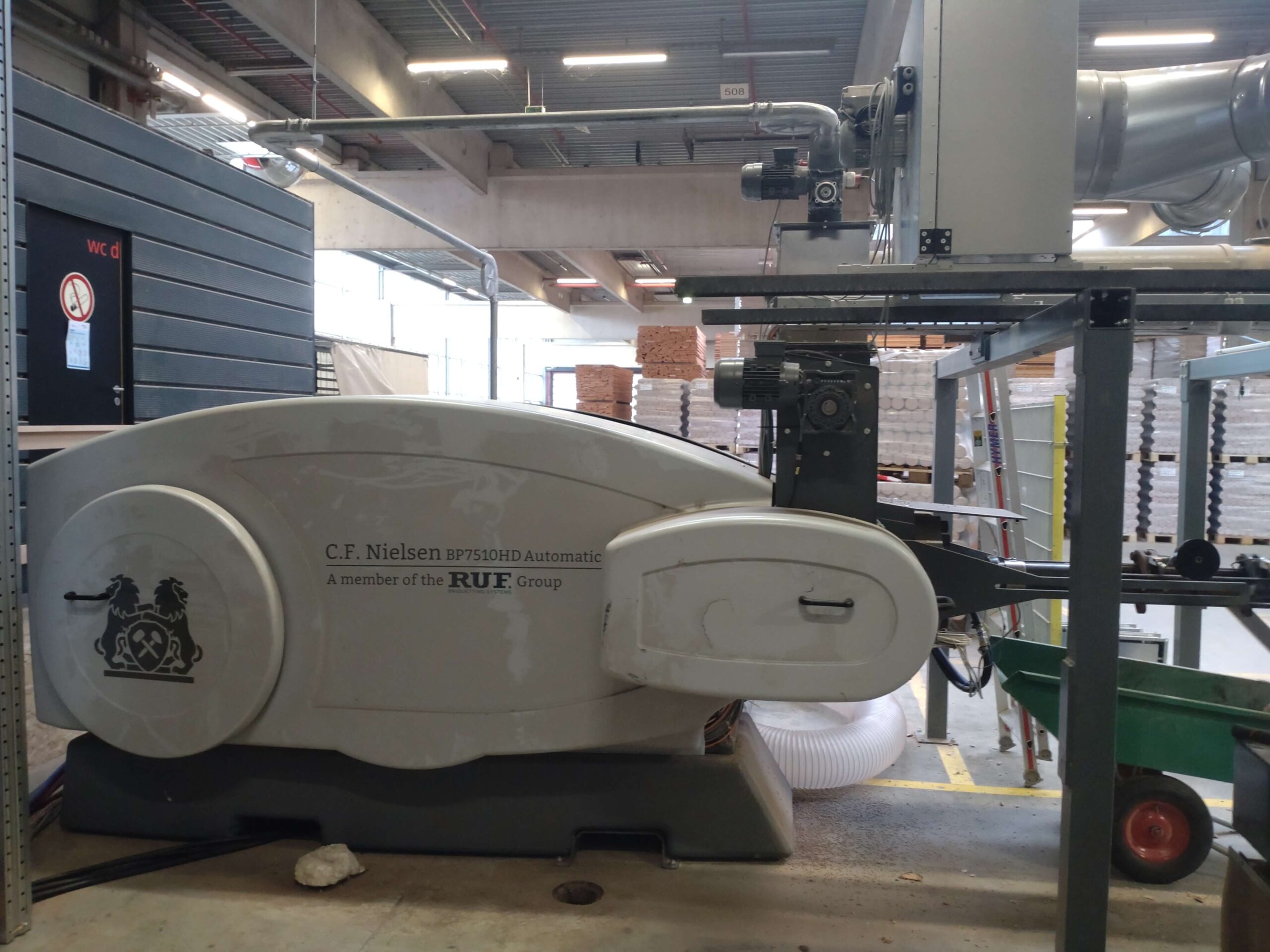What is hardwood?
Hardwood refers to wood that stems from trees that produce seeds enclosed within a fruit or nut. These trees typically have broad leaves that are shed seasonally. Examples of hardwood trees include beech, oak, maple, cherry, mahogany, and walnut. Hardwood is called so, not because it's necessarily harder than softwood, but because the trees tend to grow more slowly and have denser wood compared to softwood trees. Hardwood is commonly used in furniture making, flooring, cabinetry, and woodworking due to its durability, strength, and attractive appearance.


Hardwood briquettes are valued for their high energy density, making them efficient as a fuel source for heating purposes. They burn cleanly and produce consistent and long-lasting heat, making them popular for use in wood stoves, fireplaces, and outdoor grills.
Since they are made from hardwood, these briquettes often have a higher heat output and burn longer compared to those made from softwood or other materials. Additionally, they may produce less ash and smoke, providing a more pleasant and efficient burning experience. Hardwood briquettes are also considered environmentally friendly, as they are typically made from sustainably sourced wood and can be a renewable alternative to fossil fuels for heating. An example of a high-quality hardwood briquette (from Beech) is produced by one of our customers Pollmeier in Germany.
Beech: In addition to its use in woodworking, beech wood is also used for a range of other purposes, including tool handles, wooden utensils, musical instruments, and turning projects. It is valued for its strength, stability, and versatility, making it a favored material among woodworkers and craftsmen.
Oak: Is a widely distributed hardwood known for its strength and durability. It comes in several varieties, including white and red oak, and is commonly used in furniture making, flooring, cabinetry, and construction.
Maple: This is another popular hardwood with a fine grain and light color. It is often used in furniture making, flooring, and woodworking projects.
Cherry: It has a rich, reddish-brown color and a smooth texture. It is prized for its beauty and is commonly used in high-quality furniture and cabinetry.
Mahogany: Is a tropical hardwood known for its rich color and attractive grain patterns. It is highly valued in furniture making, boat building, and musical instrument construction.
Walnut: Has a dark, chocolate-brown color and a distinctive grain pattern. It is used in fine furniture making, cabinetry, and gunstocks.
Birch: Is light in color with a fine grain. It is commonly used in plywood production, furniture making, and decorative veneers.
Ash: Is known for its strength and elasticity. It is used in furniture making, flooring, and sports equipment such as baseball bats and hockey sticks.
Teak: This is a tropical hardwood prized for its durability and water resistance. It is commonly used in outdoor furniture, boat building, and decking.
Hickory: This is extremely hard and durable, making it ideal for tool handles, furniture, and flooring.
Ebony: This is a dense, black hardwood prized for its striking appearance. It is used in fine woodworking, musical instruments, and decorative items.
North America: Hardwood species such as oak, maple, hickory, and cherry are prevalent in the forests of the eastern United States and Canada.
Europe: Hardwood species like oak, beech, birch, and ash are abundant throughout Europe's temperate forests.
Asia: Hardwoods such as teak, oak, maple, and birch are found in temperate regions of Asia, including parts of China, Japan, and Korea.
South America: Rainforests in countries like Brazil, Peru, and Ecuador are home to numerous hardwood species such as mahogany, teak, rosewood, and ipe.
Africa: Tropical hardwoods like mahogany, ebony, rosewood, and teak grow in the rainforests and savannas of countries like Ghana, Cameroon, and Congo.
Southeast Asia: Hardwood species such as teak, mahogany, and merbau thrive in the tropical rainforests of countries like Indonesia, Malaysia, and Myanmar.
Australia: Hardwood species like eucalyptus, jarrah, and blackwood are native to various parts of Australia, particularly in regions with temperate and subtropical climates.
Hardwood trees have adapted to a wide range of environmental conditions, allowing them to grow in diverse ecosystems across the globe. Their versatility and durability make them valuable resources for construction, furniture making, flooring, and many other applications.


In the U.K. there is a large market for producing and selling bedding for horses. Most of the bedding is made from shavings from softwood. The shavings have to be clean from dust, so the dust is removed during the processing of the shavings.
One of our customers in the U.K. has decided to utilize the left over dust from the production of shavings to produce briquettes for consumers.